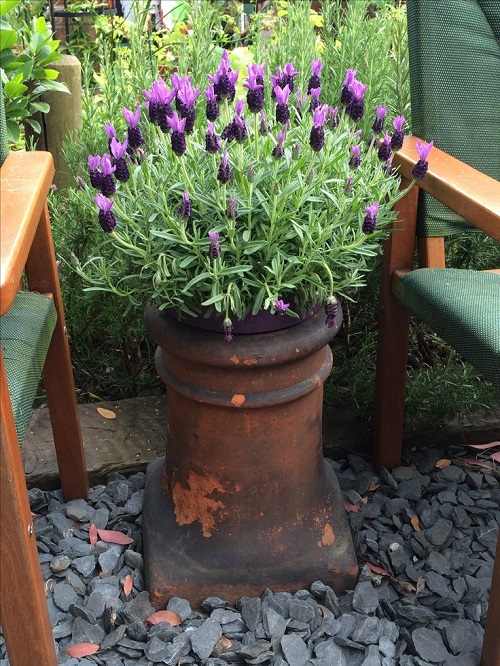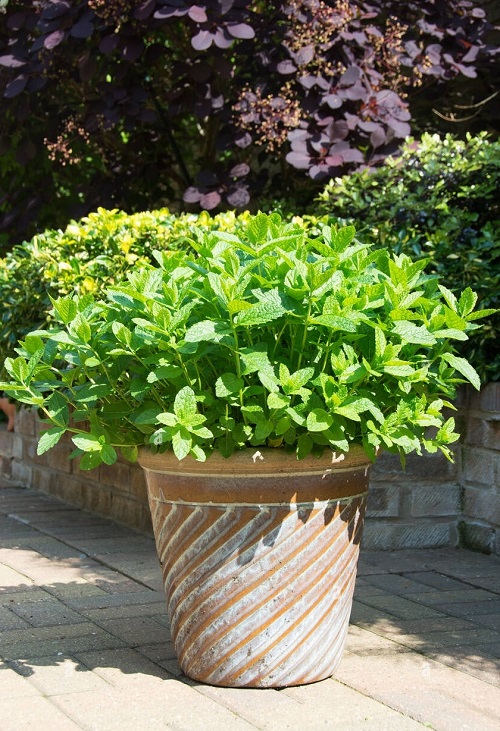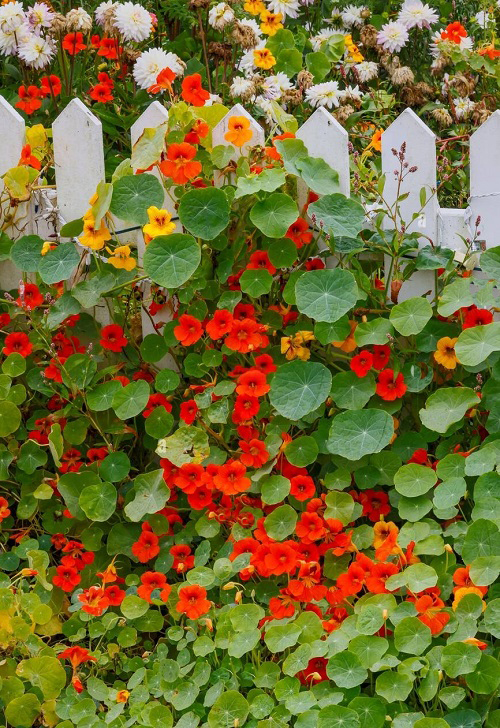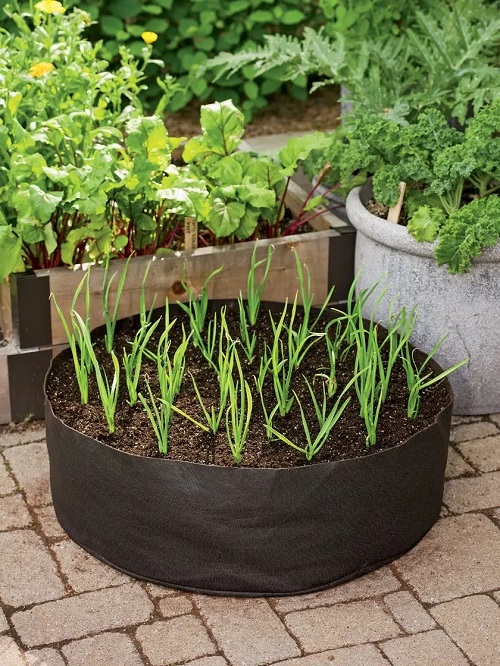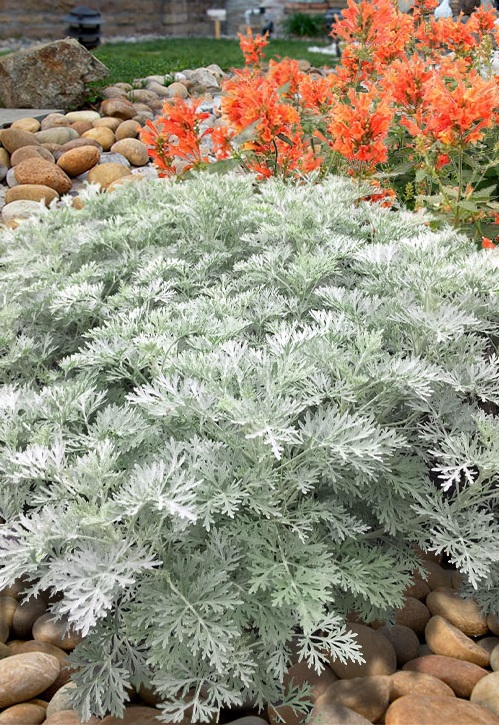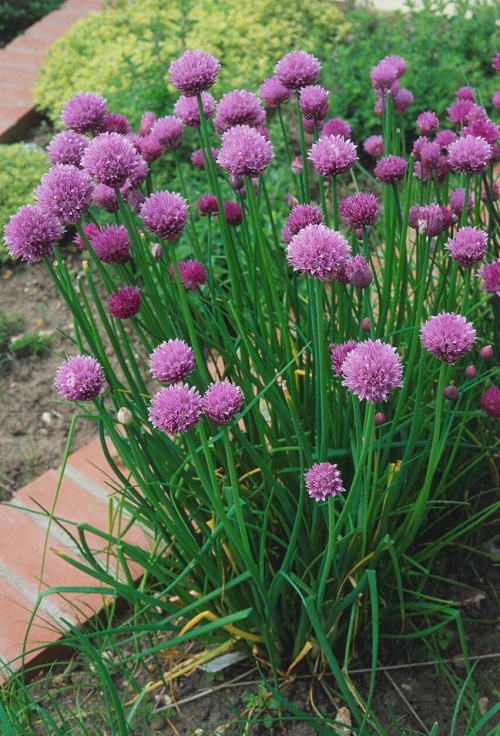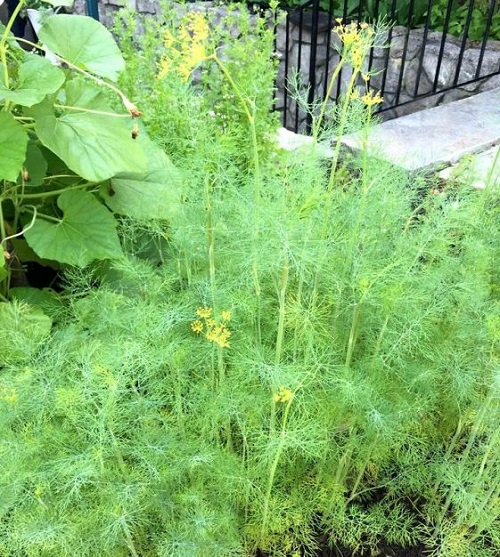Boost your garden’s defense by growing with these Plants You Should Grow for Pest Control! We have the best list for you!

Enhance your garden’s defense system with these Plants You Should Grow for Pest Control! These natural wonders can be great pest control warriors, ensuring a harmonious and thriving ecosystem.
Plants You Should Grow for Pest Control
1. Marigold

Botanical Name: Tagetes
First of the plants you should grow for pest control are Marigolds. Marigolds, with their vibrant and cheerful blooms, serve a dual purpose in the garden. In addition to adding a pop of color, marigolds emit a strong scent that repels aphids, mosquitoes, whiteflies, and nematodes.
These insects are deterred by the specific fragrance produced by marigolds, which masks the scent of other plants and makes them less attractive to pests. Marigolds contain limonene, a chemical substance that repels pests.
Here is How to Grow Marigold from Cuttings
2. Basil
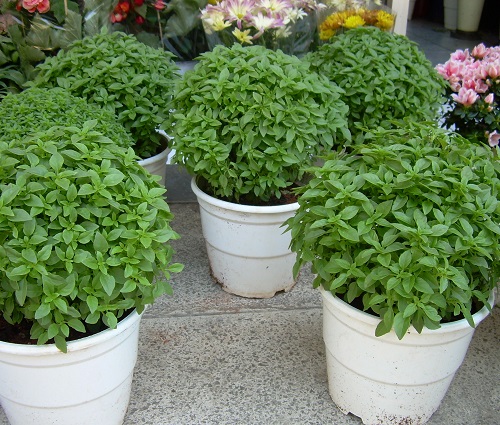
Botanical Name: Ocimum basilicum
Beyond its culinary uses, basil is also an effective pest repellent. This herb contains essential oils, such as citronellol and linalool, which repel flies, mosquitoes, and aphids.
The strong aroma of basil acts as a natural deterrent, making it less likely for these pests to infest plants grown alongside it.
Learn how to plant basil indoors here
3. Lavender
Botanical Name: Lavandula
Known for its delightful fragrance, lavender serves as a beautiful addition to any garden. Moreover, its scent acts as a deterrent for moths, fleas, flies, and mosquitoes.
Lavender produces an aroma that is pleasant to humans but repels these unwanted insects. Just like Basil, the specific compound found in lavender, such as linalool, is responsible for its pest-repelling properties.
Here is How to Grow Lavender Plants
4. Mint
Botanical Name: Mentha
Another of the plants you should grow for pest control is Mint. The invigorating scent of mint not only adds freshness to your garden but also repels a range of pests.
Mint leaves contain essential oils like menthol, which acts as a natural deterrent for ants, aphids, mosquitoes, and even mice. These pests find the strong aroma overwhelming and avoid areas where mint is present.
Here is How to Grow Mint in Small Space (Balcony, Porch, Rooftop, and Windowsill)
5. Chrysanthemum
Botanical Name: Chrysanthemum
Chrysanthemums are not only admired for their vibrant colors but also for their natural insecticidal properties. These flowers contain a powerful pesticide called pyrethrum, which is effective against various pests such as roaches, ants, beetles, and ticks.
Pyrethrum disrupts the nervous system of insects, making them immobile and eventually leading to their demise. Here’s a homemade trick to make a pyrethrum-based insecticide. You’ll need:
- Dried Chrysanthemum flowers (preferably white varieties)
- Pestle and mortar or coffee grinder
- Water
- Spray bottle
Collect or purchase dried Chrysanthemum flowers. White varieties tend to have higher pyrethrum content. Grind the dried flowers into a fine powder using a pestle and mortar or a coffee grinder. This will help extract the active pyrethrin compounds.
In a container, mix 1 tablespoon of the powdered Chrysanthemum flowers with 1 cup of water. Stir the mixture thoroughly and let it sit for a few hours to allow the pyrethrins to infuse into the water.
Strain the mixture to remove any solid particles using a fine sieve or cheesecloth. Transfer the liquid into a spray bottle for easy application.
Before using the homemade pyrethrum spray, conduct a small patch test on a few leaves of the plant to ensure it does not cause any adverse effects.
Spray the pyrethrum solution directly on the affected plant areas, focusing on the pests and their hiding spots. Thoroughly coat the pests and their eggs, as pyrethrum works upon contact. Repeat the application as needed, especially after rainfall or heavy irrigation, as the effects of the spray may wash away.
Here is How to Grow Chrysanthemums in Pots
6. Nasturtiums
Botanical Name: Tropaeolum
If you’re looking to add both beauty and pest control to your garden, look no further than nasturtiums. These colorful flowers not only brighten up your landscape but also act as a natural deterrent for aphids, squash bugs, whiteflies, and beetles.
Nasturtiums produce a mustard oil compound called glucotropaeolin, which repels pests and can even fight off cabbage flea beetles.
Here is How to Grow Nasturtium in a Container
7. Rosemary
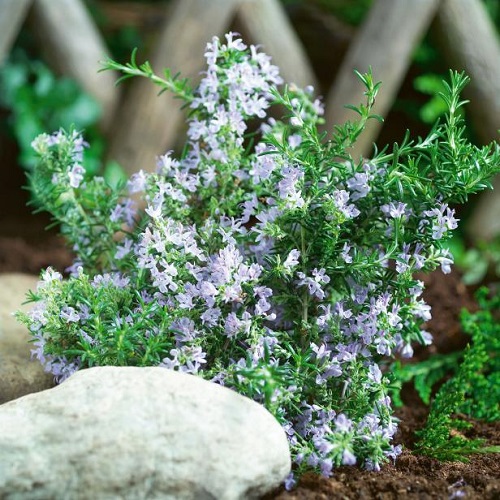
Botanical Name: Salvia rosmarinus
Rosemary, a fragrant and versatile herb, offers more than just culinary benefits. Its aromatic foliage repels mosquitoes, carrot flies, and cabbage moths, making it one of the most amazing plants you should grow for pest control.
The strong scent of rosemary masks the attractive odors of other plants, making it less likely for these pests to locate their preferred hosts. Additionally, rosemary contains compounds like rosmarinic acid, which act as natural insect repellents.
Learn about Growing Rosemary From Cuttings here
8. Petunias
Botanical Name: Petunia
Petunias, with their vibrant and trumpet-shaped blossoms, not only create a visually stunning display but also possess excellent pest-repelling properties. These flowers act as a natural deterrent for a variety of pests, including aphids, tomato hornworms, leafhoppers, and squash bugs.
The specific compounds present in petunias, such as saponins, create an unfavorable environment for pests and discourage their presence in the garden.
Here is How to Grow Fuller and Bigger Petunias
9. Sunflowers
Botanical Name: Helianthus
While sunflowers are renowned for their tall stalks and bright blooms, they also serve as an effective tool for pest control.
The large, vibrant flowers of sunflowers act as a trap for aphids, drawing them away from other plants in your garden. By attracting aphids, sunflowers protect other plants by diverting the pests to a sacrificial host.
Here is How To Grow Sunflowers On The Balcony
10. Garlic
Botanical Name: Allium sativum
Another on the list of plants you should grow for pest control is Garlic. Cherished for its culinary uses, garlic can deter a wide range of pests, including aphids, slugs, and snails.
Garlic contains a compound called allicin, which produces a strong smell that repels these pests. Planting garlic near susceptible plants can help create a barrier against these destructive insects.
Never Buy Garlic Again – Try These 9 Garlic Growing Hacks
11. Artemisia
Botanical Name: Artemisia
Artemisia, also known as wormwood, is a remarkable plant that possesses natural insect-repellent properties. Its strong scent acts as a deterrent for a wide range of pests, including mosquitoes, moths, and fleas.
The volatile compounds emitted by Artemisia disrupt the sensory receptors of these pests, making it difficult for them to locate their target plants or hosts. Here’s a simple recipe for Artemisia tea to help keep aphids away. You’ll need:
- Fresh or dried Artemisia leaves (preferably wormwood)
- Water
- Saucepan
- Strainer or cheesecloth
- Spray bottle
Collect or purchase fresh Artemisia leaves. Alternatively, you can use dried Artemisia leaves, which are often available at herbal stores or online. Crush or chop the leaves to release their natural oils. This will help enhance the effectiveness of the tea.
Bring a pot of water to a boil. The amount of water will depend on how much tea you want to make. Add the crushed or chopped Artemisia leaves to the boiling water. Use approximately 1 cup of leaves for every 2 cups of water.
Let the mixture steep for about 20-30 minutes. This allows the natural compounds in the leaves to infuse into the water. Strain the tea using a fine strainer or cheesecloth to remove any solid particles or leaves. Transfer the tea to a spray bottle for easy application.
Before using the Artemisia tea, conduct a small patch test on a few leaves of the plant to ensure it does not cause any adverse effects. Spray the tea directly onto the affected plants, focusing on areas where aphids are present or prone to infestation.
Make sure to cover both sides of the leaves and any crevices where aphids may hide. Repeat the application every few days or after rain, as the effects of the tea may diminish over time or with
12. Bee Balm
Botanical Name: Monarda
Bee Balm, with its vibrant flowers and citrusy fragrance, not only attracts beneficial pollinators but also helps in pest control.
The plant produces essential oils, such as thymol and carvacrol, which possess insect-repellent properties. These oils are particularly effective against aphids, spider mites, and ants.
Here is How to Grow Bee Balm
13. Chives
Botanical Name: Allium schoenoprasum
Need more plants you should grow for pest control? Chives are not only a flavorful addition to culinary delights but also a valuable asset in pest control.
Their distinctive onion-like scent acts as a natural deterrent against common garden pests, including aphids, carrot flies, and Japanese beetles.
The sulfur compounds present in chives contribute to their pest-repellent properties. These compounds disrupt the insects’ sensory systems, making it difficult for them to locate and feed on nearby plants.
Learn about Growing Chives Indoors Year-Round here
14. Dahlias
Botanical Name: Dahlia
Dahlias, beloved for their stunning blooms, offers more than just visual appeal—they can play a role in pest management too.
These flowering plants naturally repel nematodes, microscopic roundworms that can harm the roots of many garden plants. The tubers of dahlias contain certain compounds that are toxic to nematodes, discouraging their presence in the soil.
15. Hyssop

Botanical Name: Hyssopus officinalis
Hyssop is an aromatic herb known for its strong scent and beautiful clusters of flowers. This plant possesses insect-repellent properties that make it a valuable addition to any pest control strategy.
The essential oils present in hyssop, including pinocamphone, act as natural deterrents for a range of pests, including cabbage moths, whiteflies, and slugs.
16. Dill
Botanical Name: Anethum graveolens
Dill, widely recognized for its culinary uses, also serves as beneficial Plants You Should Grow for Pest Control. This herb attracts beneficial insects like ladybugs, lacewings, and hoverflies, which are natural predators of common garden pests such as aphids and caterpillars.
By attracting these beneficial insects, dill helps maintain a balanced ecosystem in your garden, where pests are kept in check naturally.
Dill can also be a beneficial trap crop plant in certain situations. A trap crop is a plant that is strategically grown to attract pests away from the main crop, thus protecting the main crop from infestation.
Dill attracts various pest insects, including aphids, cabbage loopers, and tomato hornworms. These pests are often drawn to the dill plant, which can divert their attention away from nearby crops.
Here is Everything About Growing Dill in Pots
17. Borage
Botanical Name: Borago officinalis
Borage, with its vibrant blue flowers, not only adds beauty to the garden but also acts as a natural pest repellent.
The plant emits compounds that deter pests, such as tomato hornworms, cabbage worms, and certain types of beetles. Borage’s scent confuses and repels these pests, preventing them from causing damage to neighboring plants.
18. Catnip
Botanical Name: Nepeta cataria
Catnip, a member of the mint family, has gained popularity for its effect on feline friends, but it also possesses pest-repellent properties.
The active compound nepetalactone found in catnip acts as a strong repellent for many common pests, including mosquitoes, ants, cockroaches, and aphids.
The scent of catnip confuses these pests, making it difficult for them to locate and feed on nearby plants. By incorporating catnip in your garden, you can help deter unwanted pests naturally while providing a playful treat for your feline companions.
Here is the A to Z of Growing Catnip Indoors
19. Onion
Botanical Name: Allium
Onions, known for their pungent aroma and culinary uses, are also effective in repelling pests. The sulfur compounds present in onions, particularly allicin, act as natural insecticides, deterring a range of pests such as aphids, carrot flies, and cabbage worms.
The strong odor of onions masks the scent of other plants, making it challenging for pests to locate their target hosts.
Here are 8 PRO Tips and Tricks for Growing Bigger Onions
20. Neem Tree 
Botanical Name: Azadirachta indica
Neem plants possess natural repellent properties. The leaves of neem plants contain compounds like azadirachtin, which repel many common garden pests. The strong aroma and bitter taste of neem act as deterrents, making the plants less appealing to pests.
Neem oil should be diluted before use. The recommended dilution ratio is typically 1 to 2 teaspoons of neem oil per 1 gallon (4 liters) of water. Adjust the ratio based on the severity of the pest infestation and the sensitivity of the plants.
Before applying the neem oil solution to the entire plant, conduct a patch test on a small portion of the foliage to check for any adverse reactions. Wait 24 hours and check for signs of leaf burn or damage.
Use a spray bottle or sprayer to apply the diluted neem oil solution to the affected plants, covering both sides of the leaves and any infested areas. Be sure to target the pests directly.

